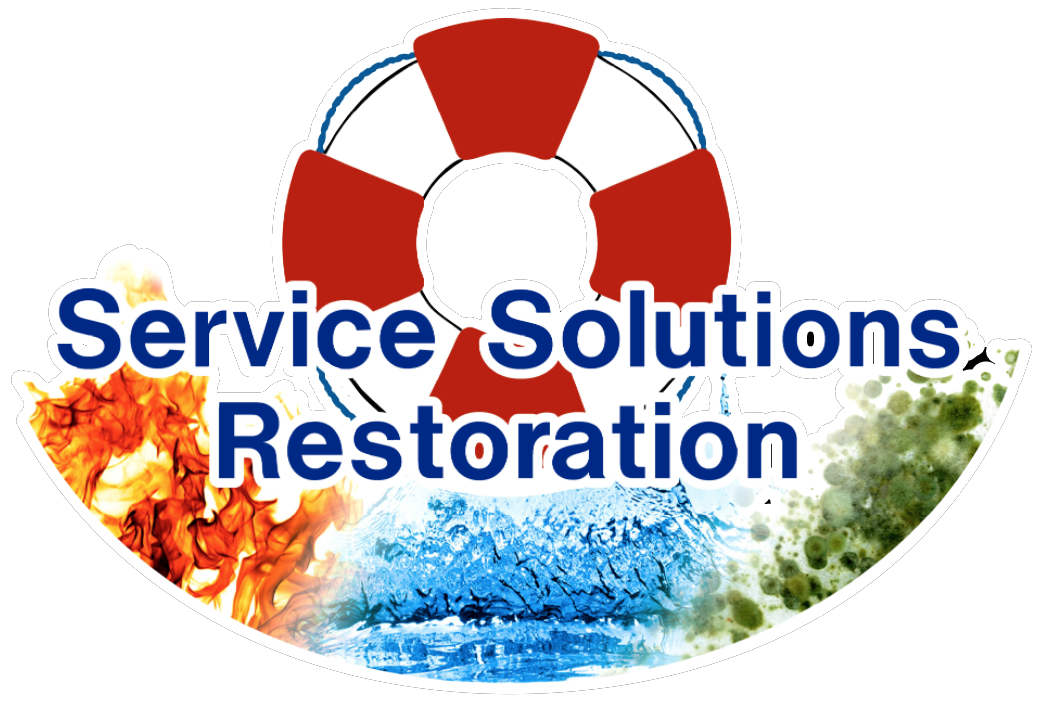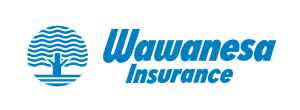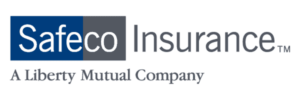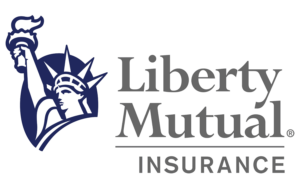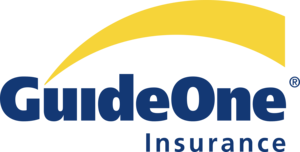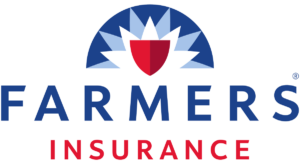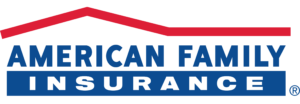Step 1: Emergency Contact:
When you are dealing with water damage, immediate action is crucial. The cleanup and restoration begins with a phone call. SSR has our trained office staff 24 hours a day 7 days a week will lead you through a series of questions to better understand your needs. As you are letting our office staff know all the required information they are working to diligently route a crew your way.
We use multiple softwares on every job. It tracks our technicians, any conversation with you, it tracks photos, damages, reports, signatures, everything there is to know. And it can be sent to you at the click of a button. A water damage event can be traumatic and when you call, we understand you may be feeling confused, stressed, and well frankly annoyed this is happening to you. It is never a good time. Everything will be documented so you are confident and trust our team, that we will have everything covered.
Insurance:
We will handle all the communication with your insurance company. We will walk them through the job. Whether it be notes, documents, photos, or even a 3D matter port scan that digitally walks them through the loss. We will handle the communication. You do not have to be experts at water damage to talk to them, you need to have trust in your company. That is what service solutions provides. We offer you a family here, and we sure do stand by your side through it all.
Step 2: Inspection water damage assessment
This portion is extremely important to us. We are not the company to walk in to a situation and rip things apart. We are there to be on your side as a client and your side only. We want to do only the necessary actions with no exception to that. It goes back to having trust in your restoration company and that is what our SSR family offers.
Our qualified trained technicians will Identify the water source. This is where our qualified team will come up with a drying strategy. We do not go ripping things apart. We put our heads together and come up with the most efficient, safe, and professional plan for you.
They Identify the Type of Water
We must identify the category and classification of water to restore your property safely to industry specifications. The type of water contamination will affect the specific restoration processes used to restore your property.
- White / Category 1 Water
- Gray / Category 2 Water
- Black / Category 3 Water
Step 3: Water Removal / Water Extraction
Our team will respond immediately and use advanced equipment and techniques to remove the water. They closely monitor and document the drying process to verify your property is dried properly and thoroughly. The water extraction step removes the majority of the water from your home or property. By performing a thorough water extraction, SSR can help reduce the drying time and help to prevent mold and secondary water damage. They use powerful pumps and truck-mounted vacuum units to quickly remove hundreds or thousands of gallons of water from your property.
Water Removal Equipment
- Moisture detectors, hygrometers, and other meters measure the extent of moisture saturation.
- Infrared cameras may be used to find “hidden” water behind walls and ceilings.
- Truck-mounted and portable extraction units perform efficient water removal.
Step 4: Drying and Dehumidification
After the water removal step some may think its dry everywhere. For example, drywall and wood are porous and will retain significant water. The retained water will cause these materials to warp, swell, or break down and can also cause mold damage which we don’t want.
SSR technicians will manipulate temperature and relative humidity to remove the remaining moisture. They use specialized equipment, including industrial air movers and dehumidifiers, to remove water retained by building materials and other hard-to-access moisture.
Industrial-grade dehumidifiers help prevent secondary water damage like swelling and warping of floors, walls, and furniture.
High-speed air movers create airflow across walls, carpets, pads, and furniture, which accelerates the evaporation of moisture.
They’ll continue to return to property monitor the progress and move equipment around as needed while using moisture meters until the materials return to acceptable drying standards.
Step 5: it’s dry now
We will ensure everything is properly cleaned and sanitized after the drying process and during the drying process. WE use EPA registered disinfectants and plant based antimicrobials throughout the dry out.
Depending on the scenario, they may use antimicrobial, antibacterial, or disinfectant treatments to clean your property.
Step 6: Restoration
Restoration, the final step, is the process of restoring your home or business to its pre-water damage condition. Restoration may involve minor repairs, such as replacing drywall and installing new carpet, or may entail major repairs, such as the reconstruction of various areas or rooms in a home or business.
Building Services and Reconstruction
We can simplify the restoration process by handling both the initial damage mitigation and rebuilding the affected areas. Having one qualified company for the entire process can save time and keep cost low. It can provide this continuity by supervising a full range of restoration services that will bring a building back to full functionality.
